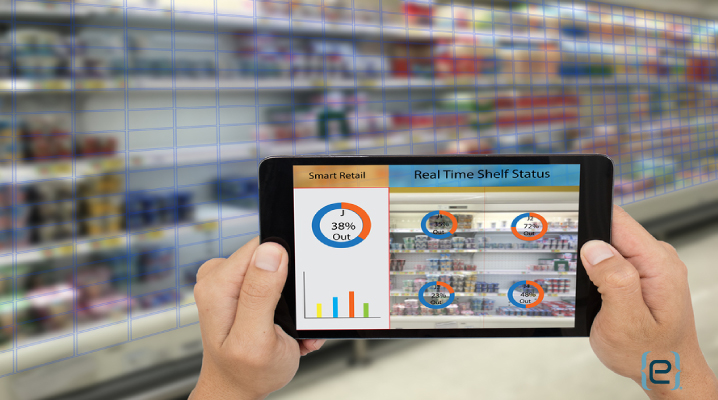IoT Inventory Management Enables Seamless Customer Experience


Today, more than ever, consumers drive the shopping experience. Shoppers may browse online while walking through the aisles of a physical store. Or they may buy an item online but then return it to the store later. All the while, they expect a seamless experience. IoT inventory management plays a key role in making it happen.
As consumer demands evolve, retailers must incorporate technology in innovative ways to meet customer expectations while expanding profit margins. Increasingly, businesses are turning to the Internet of Things (IoT) to streamline inventory management, providing visibility and flexibility throughout the supply chain.
IoT Inventory Management Needed
Smart retailers reach out to customers through multiple channels, offering a unified experience from physical storefront to web site to social media. For example, consumers have grown to expect the ability to begin a purchase online and complete the process in-store. Providing that option poses new challenges for retailers.
As multi-channel commerce becomes the norm, retailers need clear visibility into the supply chain. They need to know exactly where products are available, with the capacity to supply the right product at the right time in the right place. This requires a high degree of inventory accuracy and the ability to predict demand.
Recent studies show retail inventory accuracy at roughly 65 percent, indicating significant revenue loss due to out-of-stocks and overstocks. Using connected technology such as RFID tags and smart shelves, retailers can boost both accuracy and profit.
Asset Tracking with RFID
To stay competitive, businesses must move away from traditional manual inventory that falls out-of-date almost immediately. A multi-channel retailer needs to know the number and location of items in real time. Radio-frequency identification (RFID) provides that capability.
Like barcodes, RFID tags allow tracking of individual items across the supply chain. However, RFID tags provide more detailed information, are less likely to get damaged and eliminate human error. More frequent inventory tracking can boost accuracy rates to over 90 percent.
Betting on connected technology, Macy’s department store embarked on an ambitious experiment. By the end of 2018, the retail giant intends to use RFID to track every item in its physical stores and fulfillment centers. Halfway through the experiment, Macy’s already reports significant improvement in both inventory accuracy and sales volume.
Predicting Demand
Multi-channel retailers shuffle inventory through a variety of fulfillment centers and brick and mortar stores. With shoppers more frequently buying online and returning in-store, items can easily become lost in the system. Knowing where an item is at any given time is critical to timely order fulfillment.
Using a combination of RFID technology and sensors, stores can predict and quickly respond to demand. For instance, smart shelves in-store and in the warehouse can track the number of a specific item on the shelf. Sensors can determine how long an item remains on the floor.
All this connected technology generates huge amounts of data. Fortunately, artificial intelligence can process that data far faster than humans can, finding patterns and anticipating demand. An item returned at one location can be quickly located and re-routed to the location where demand is the highest.
Strategic Implementation of IoT Inventory Management
While IoT inventory management promises greater supply chain visibility and proven gains in inventory accuracy, retailers need to plan carefully to optimize their return on investment. RFID tags and scanners can prove costly, and data is only useful with effective analytics.
With the assistance of seasoned retail technology experts, retailers can explore their options and determine where they might benefit most from implementing retailer cloud solutions with connected technology to improve inventory management.
Recent Posts
Empower Your Tech
Discover how eMazzanti empowers clients with tech strategies, personalized training, and proactive support to navigate…
The Impact of GDPR and Other Privacy Regulations on Website Security
Explore how GDPR and other privacy regulations reshape website security, ensuring data protection and building…
The Impact of Website Downtime on Business and How to Prevent It
Discover the significant impacts of website downtime on your business and learn effective strategies to…
IT Consulting Services: Strategic IT Leadership for Business Growth
Discover how IT Consulting Services from eMazzanti Technologies provide the strategic leadership needed for smart…
Engage Your Workflows with Microsoft Viva
Discover how Microsoft Viva can transform your workplace into a hub of engagement, productivity, and…
Collaboration Made Simple with Microsoft SharePoint
Discover how Microsoft SharePoint optimizes document workflow, enhancing team collaboration and productivity.


